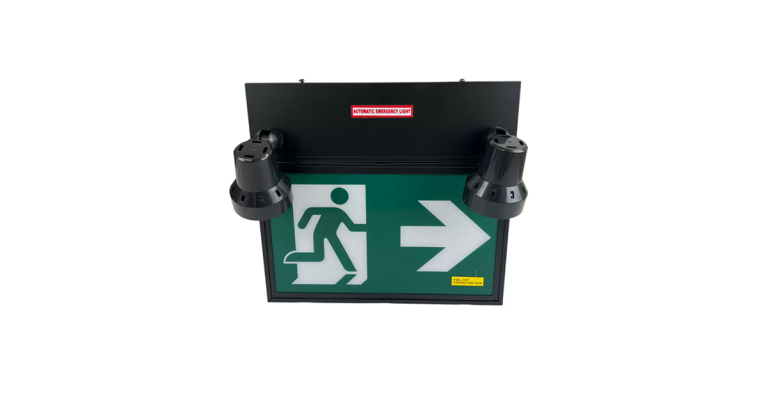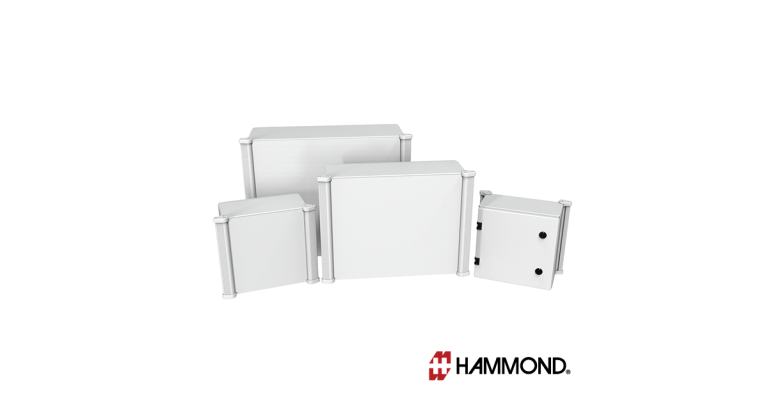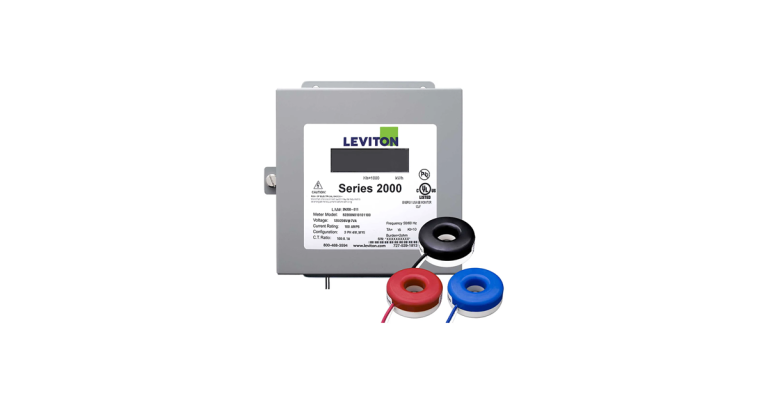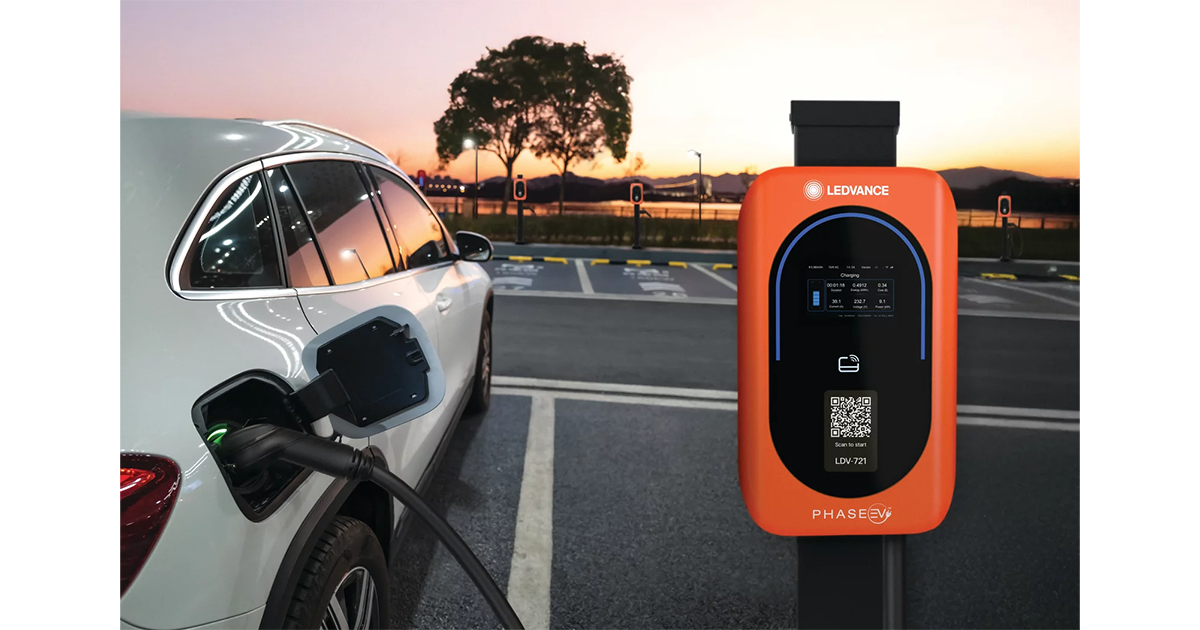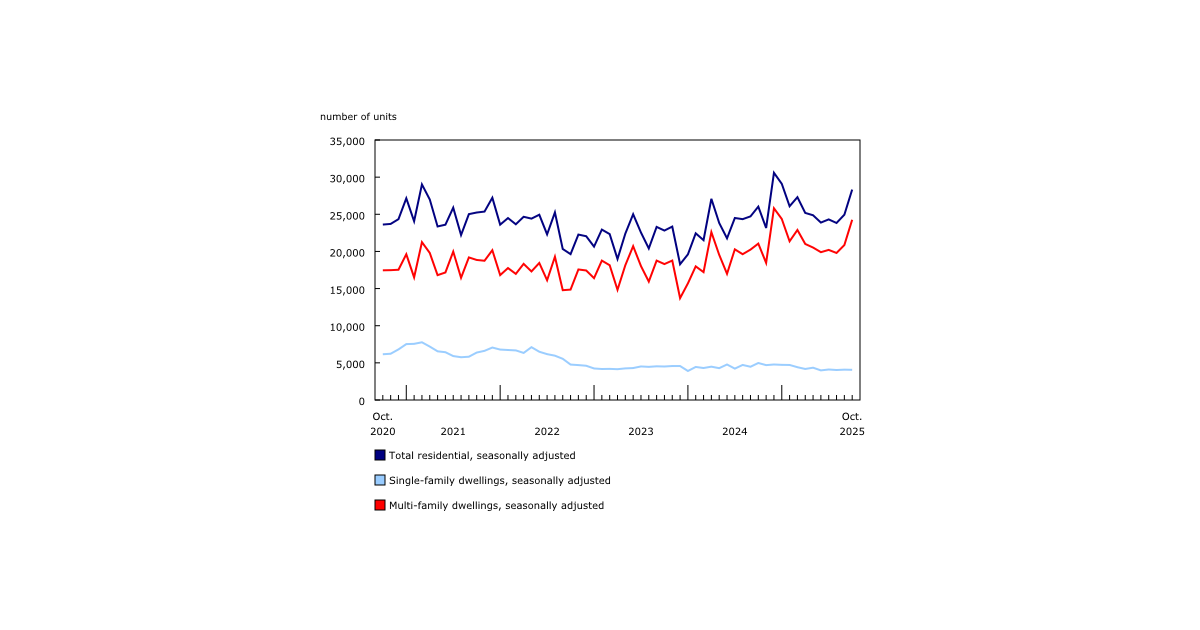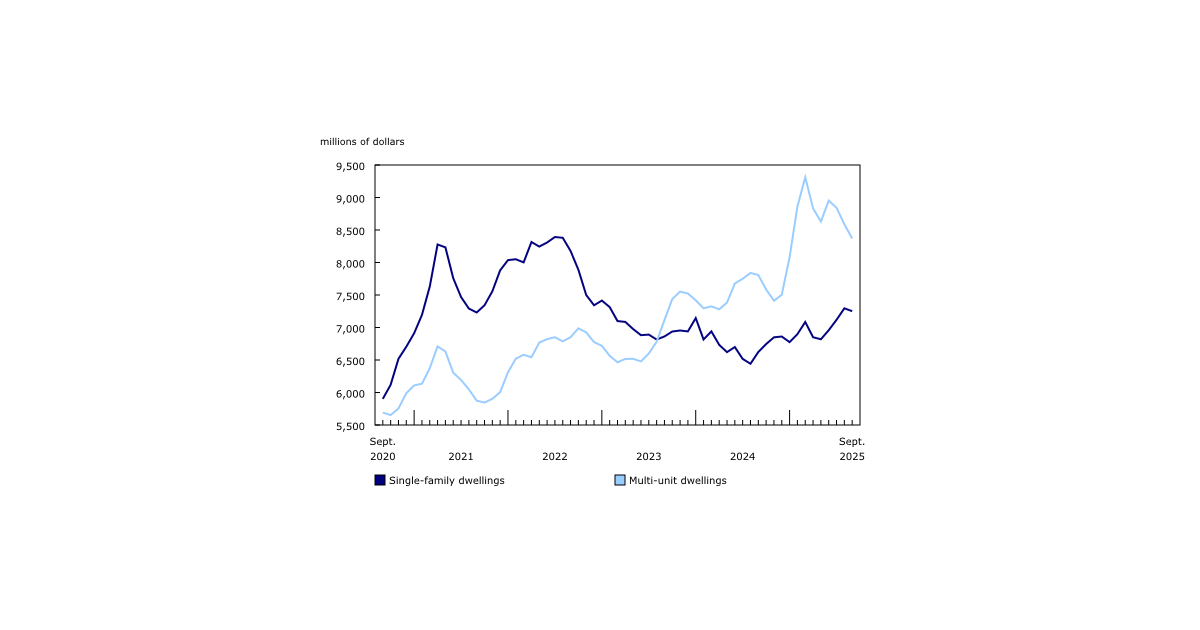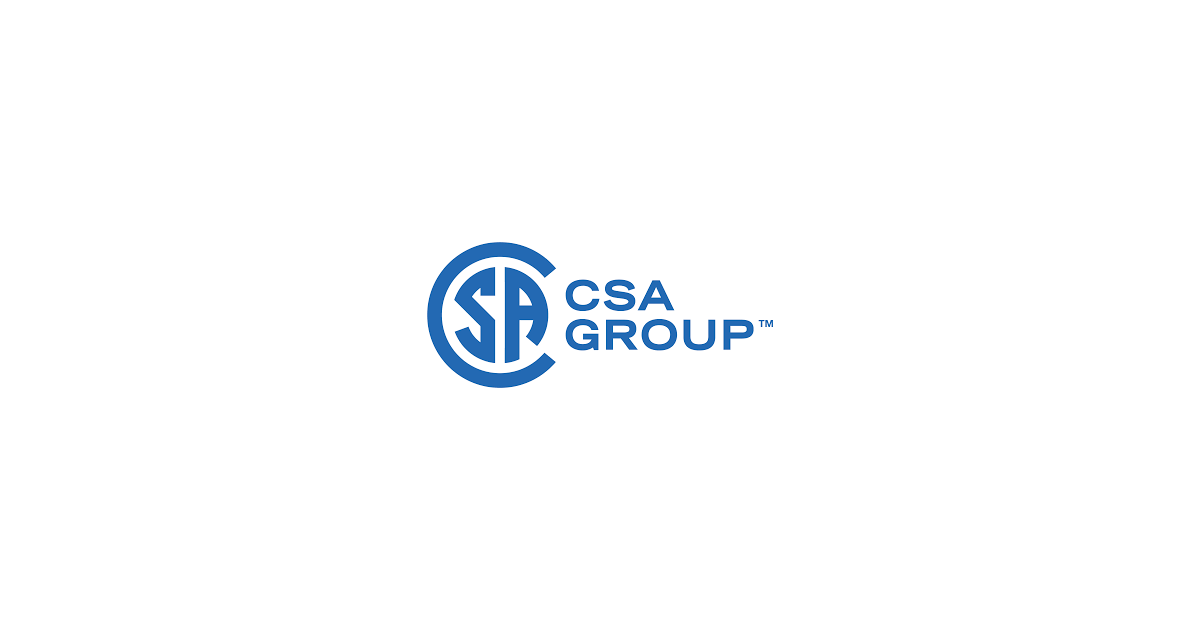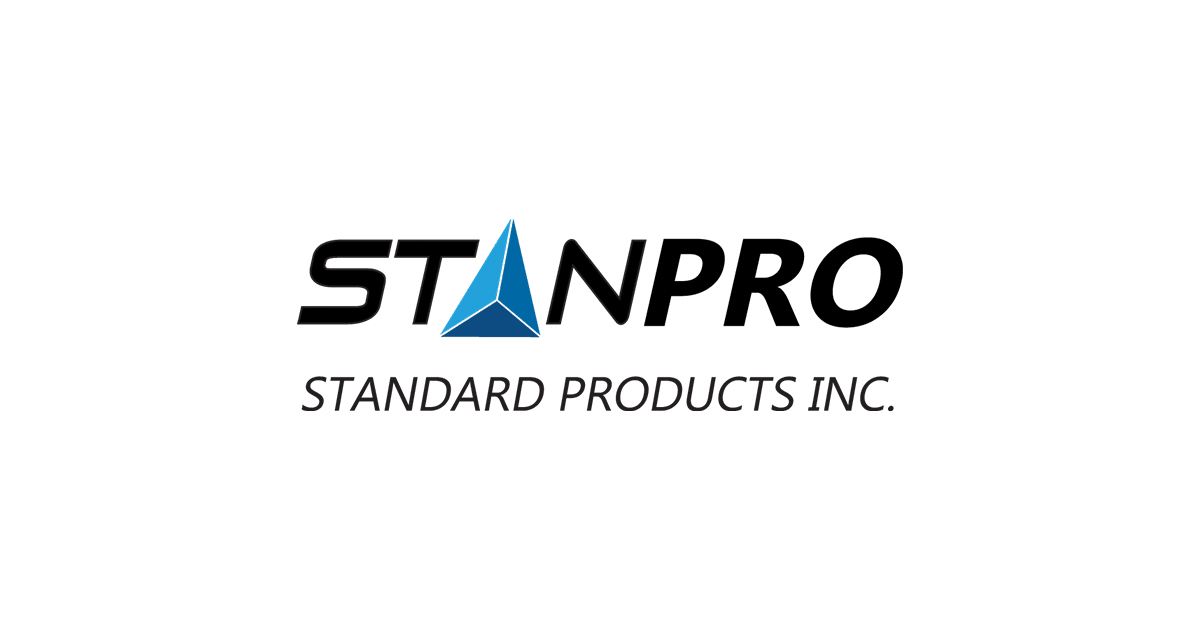Cooling without the risk of corrosion: Blue e+ cooling units from Rittal now available in stainless steel ex-stock

Mar 14, 2019
The Blue e+ series of cooling units are now also available in a stainless-steel version as standard off the shelf. Rittal will be presenting these energy-efficient units for the first time at SPS IPC Drives. They offer cooling outputs ranging from 1.6 kW to 5.8 kW. This improvement is particularly suitable for applications in the food and beverage industry, as well as in the process industry, where high levels of corrosion protection are called for.
The new stainless-steel variants of the Blue e+ cooling unit series have been specially developed for demanding environmental conditions. Their stainless-steel enclosure makes them suitable for applications where high levels of corrosion protection are needed. Typical examples are the food and beverage industry, where frequent cleaning is required, as well as the process industry sector. The stainless-steel cooling unit versions, which meet protection category IP55, are now available from stock as standard. Like the previous Blue e+ units, they operate with highly energy-efficient hybrid technology and are available with five different cooling outputs ranging from 1.6 kW to 5.8 kW.
Hybrid technology saves energy
Hybrid technology consists of a combination of heat pipe and conventional compressor technology. In many cases, for instance when the outside temperature is comparatively low, the heat pipe provides a sufficient cooling output. Their energy consumption is very low, since no compressor is needed to operate them. The supplementary compressor cooling is only used if a higher cooling output is demanded. Since all the components of the compressor cooling are speed-controlled, their operation is also very energy-efficient. Moreover, the temperature hysteresis is very small, which prolongs the service life of the components installed within the enclosure. Overall, depending on the environmental conditions and application, the Blue e+ units consume an average of 75 percent less energy than conventional compressor cooling units. Their multi-voltage capability also means that the cooling units can easily be operated internationally, at all common mains voltages and frequencies.
User-friendly operation
Operation is user-friendly and intuitive thanks to a modern touch display, which is used to make the basic settings and to display the status messages. As well as operation directly via the cooling unit itself, a smartphone app is also available that offers an almost identical user interface. Another option available is the IoT interface, which makes it simple to integrate the cooling unit in an Industry 4.0 (IoT) environment.
Go HERE for more information



